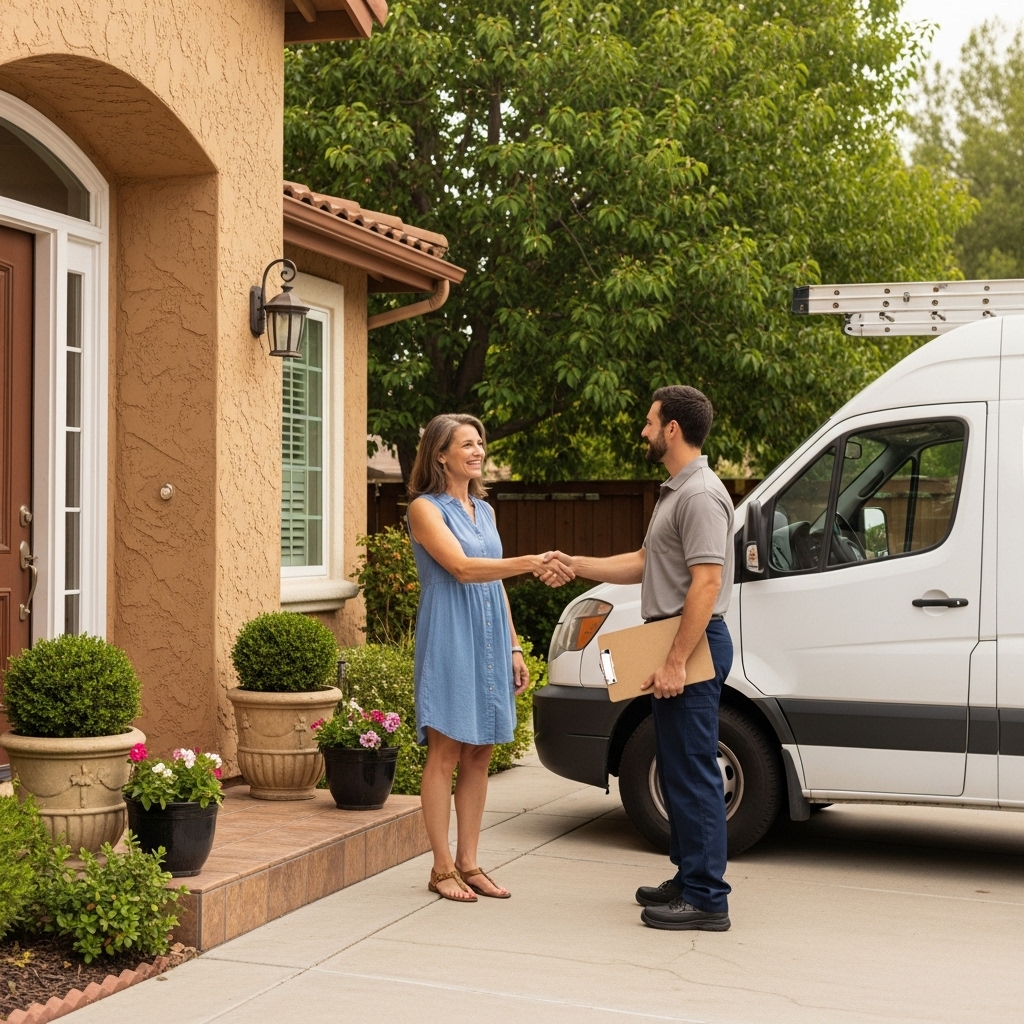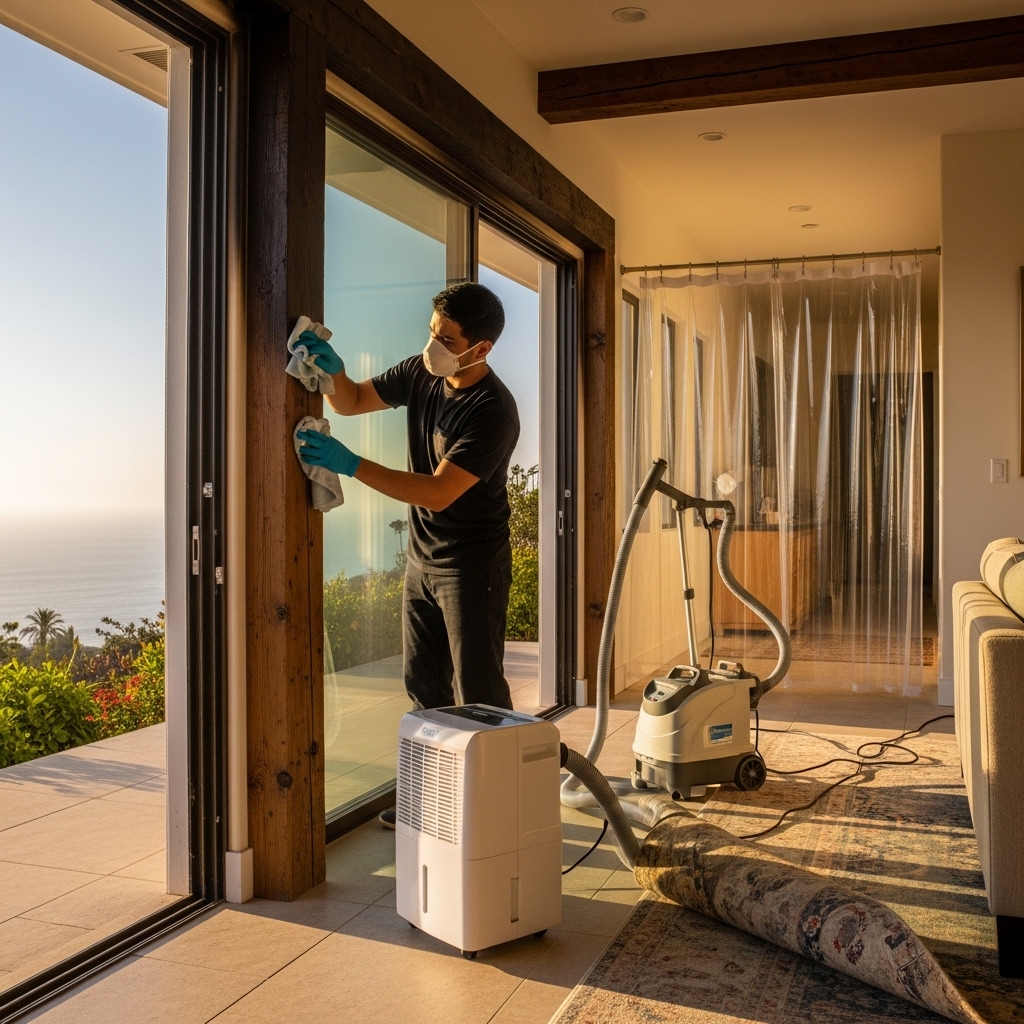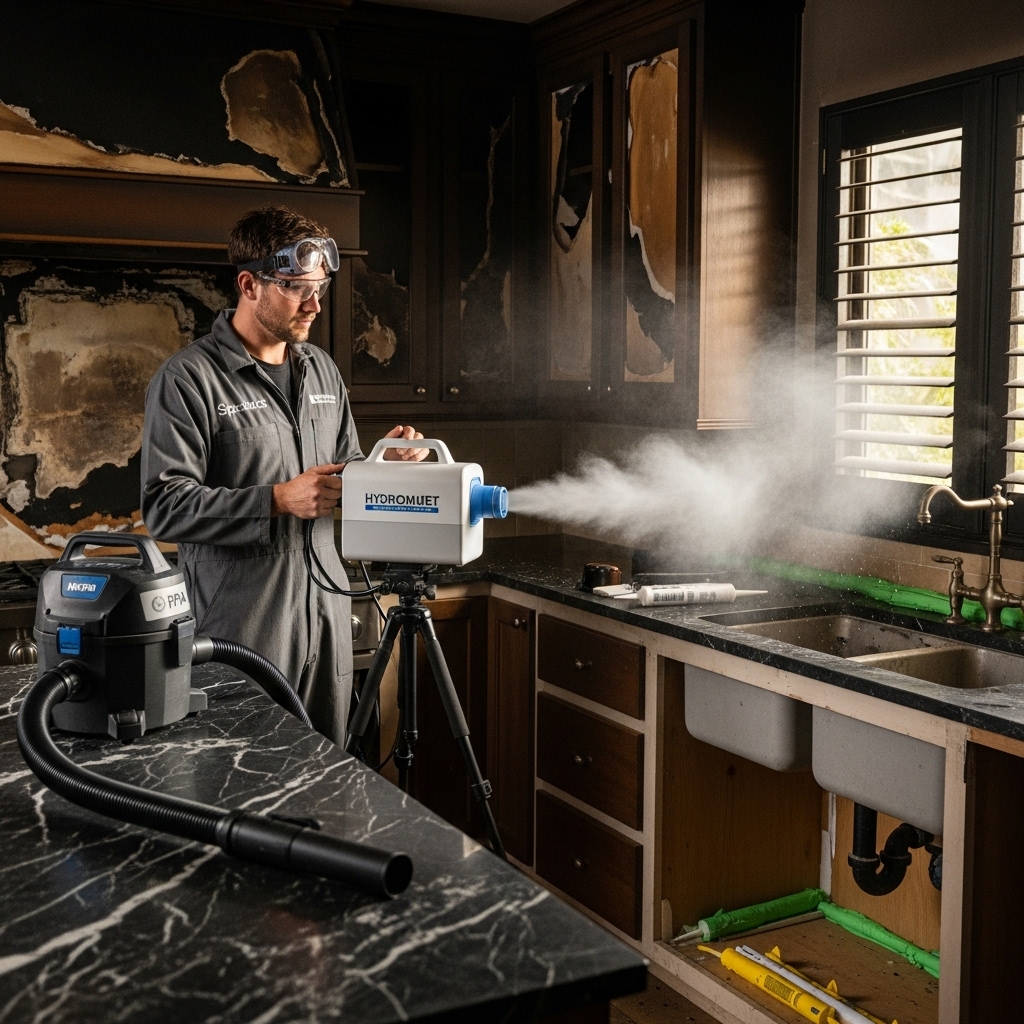Introduction
After a fire or heavy smoke intrusion, choosing the right help can make the difference between a lingering problem and a clean, healthy property. If you are in or near Canoga Park, California, you want a restoration team that understands local building styles, regional wind patterns, and the practical realities of working in the San Fernando Valley. This guide explains what to look for in a provider, how to compare options, and how to prepare your home or business for a successful project. When you are ready to move quickly, prioritize proven smoke damage restoration capabilities that combine science-based cleaning with reliable communication.
Smoke damage is not just “dirty walls.” It is chemical, mechanical, and sensory: tiny particles, oily films, and volatile compounds that create persistent odors and corrosion. The best professionals approach it holistically—containment, air control, material-specific cleaning, and validated deodorization—while keeping you informed at every step.
What Makes a Great Smoke Damage Restoration Company
Top providers blend technical expertise with project management and clear communication. They begin with a structured assessment, use containment to prevent spreading soot, operate HEPA filtration, and sequence cleaning to avoid smearing. They also understand documentation—before/after photos, item inventories, and scope-of-work updates—to support your insurance claim and peace of mind.
- Local familiarity with Canoga Park homes and businesses, including stucco exteriors, tile roofs, garages, and mixed-use buildings.
- Robust equipment fleet: HEPA air scrubbers, negative air machines, odor neutralization systems, and specialty tools.
- Trained technicians who can speak to protocols, safety, and verification procedures.
How to Vet Providers
Start with a structured set of questions. Ask how they establish containment, manage airflow, and protect clean areas. Request details on their cleaning chemistry, textile handling, electronics protocols, and HVAC strategies. A qualified company will give clear, practical answers and describe how they customize plans for single-family homes, apartments, and commercial facilities.
- Availability and response: Can they deploy quickly and work during off-hours?
- Scoping: Do they produce a written plan with milestones and verification steps?
- Coordination: Are they comfortable working with HOAs, property managers, and insurers?
Understanding the Process They Should Follow
A reliable team will outline a phased approach so you know what to expect. While each project is unique, most follow a similar pattern. Knowing this sequence helps you evaluate proposals and track progress.
- Stabilization: Safety check, utilities, initial ventilation, and containment.
- Assessment and documentation: Photos, moisture readings as needed, and item triage.
- Dry cleaning: HEPA vacuuming, dry sponges, and debris removal.
- Wet cleaning: Detergents and alkaline solutions appropriate to residue type.
- Deodorization: Source removal plus verified neutralization methods.
- HVAC and structure: Duct and air handler cleaning, insulation evaluation, and sealing raw wood where necessary.
- Validation and handoff: Walk-throughs, filter changes, and aftercare guidance.
Red Flags to Watch For
Pay attention to how a company talks about odors and timelines. Anyone promising instant results without thorough cleaning, or relying solely on fragrances, is not addressing the root cause. Be wary of proposals that skip HVAC evaluation, ignore textiles, or lack a plan for attics, crawl spaces, or garages where odors often hide in Canoga Park homes.
- No mention of containment or HEPA filtration.
- Reluctance to provide written scope and progress updates.
- Overuse of scent-based products instead of true odor counteractants.
How Local Conditions Affect Restoration
Regional weather patterns influence both contamination and cleanup. Santa Ana winds can drive outdoor smoke indoors, even when fires are miles away. Dry conditions help speed drying but can intensify odor off-gassing. Construction details common in the Valley—stucco, tile roofing, vented attics—mean odor can enter through soffit vents and settle in insulation. Experienced teams consider these factors when planning deodorization and follow-up verification.
Questions to Ask During the Site Visit
Use the walkthrough to gather specifics and test the provider’s expertise. The right team welcomes questions because they highlight a transparent, methodical approach.
- How will you isolate affected areas and manage airflow?
- Which cleaning products and tools will you use on my finishes and textiles?
- What is your strategy for HVAC, ducts, and filters in my home or business?
- How will you treat attics, crawl spaces, or storage rooms that might harbor odor?
- What are your verification steps before you call the job complete?
Preparing Your Property Before Work Begins
You can accelerate progress by staging your space for the team. Clear pathways, protect fragile items, and designate a clean room for valuables. If possible, remove pets during the heaviest phases and plan alternate parking to keep loading zones open for equipment. Share any special access info—gate codes, elevator reservations, or alarm instructions—before crews arrive.
Understanding Timelines
Project length depends on size, contamination level, building type, and whether structural materials like insulation must be replaced. While you should expect a customized schedule, ask for milestones: containment installation, initial cleaning pass, deodorization window, HVAC service, and final verification. Milestones make progress visible and keep everyone aligned.
Coordination with Insurance
Great partners communicate clearly with adjusters and provide the documentation needed for approvals. You can help by sharing your photos, item lists, and any receipts for emergency mitigation. Ask your provider to identify decision points early—such as insulation removal—so there are no surprises mid-project.
What to Expect During Work
Expect some noise from air scrubbers and fans, reduced access to portions of the property, and a focus on top-down cleaning. You should see HEPA filters changing on schedule, frequent cloth replacement, and careful labeling of bagged debris. The team will ask you to test air quality and odor periodically by stepping outside and then re-entering spaces.
Aftercare and Prevention
Once the job is complete, request aftercare guidelines: when to replace filters again, how to reintroduce textiles, and which odor-blocking primers to use if you plan to repaint. Prevention steps may include upgrading weatherstripping, sealing penetrations, cleaning soffit vents, and storing porous items in sealed bins in attics and garages.
Home vs. Apartment vs. Business Needs
Each property type has different priorities. Homes often require deep textile work and attention to attics and garages. Apartments demand coordination with property management and careful ventilation to protect neighbors. Businesses prioritize rapid reopening, electronics protection, and documented inventory decisions. A versatile provider adjusts methods and staffing to fit each scenario.
DIY vs. Professional Help
Light smoke cleanup is feasible for many owners with good guidance, especially in single rooms with dry soot. However, heavy protein smoke, widespread contamination, or HVAC involvement favors professional help. Pros bring negative air machines, advanced deodorization, and the staffing necessary to complete a project quickly and safely.
Frequently Asked Questions
Q: How fast should I call a restoration company after smoke exposure? A: As soon as it is safe. Early action limits corrosion and odor setting, increasing salvage success.
Q: Will all odors be gone permanently? A: With proper source removal, material-specific cleaning, and correct deodorization, lingering odors should be eliminated. If they return, revisit hidden cavities, insulation, or HVAC components.
Q: Can electronics be saved? A: Many can, provided they remain powered off and are professionally cleaned before use. Data and high-value equipment warrant specialized services.
Q: Do I need to move out during restoration? A: For heavy contamination, temporary relocation may speed work and protect health. Lighter projects often proceed while you remain on site with contained work zones.
Q: How do I compare two estimates? A: Look past the bottom line and compare scope details—containment, air control, HVAC work, deodorization methods, verification steps, and documentation. The most thorough plan usually delivers the most reliable outcome.
Steps to Choose the Right Team
- Gather at least two detailed scopes with timelines and verification plans.
- Confirm familiarity with Canoga Park building features and climate factors.
- Check equipment availability for your project size, including air scrubbers and deodorization tools.
- Ask about textile handling, electronics protocols, and HVAC strategies.
- Review communication cadence—daily updates, milestone reports, and final documentation.
Putting It All Together
Finding the right help is about alignment: technical skill, local knowledge, and communication you can trust. When those pieces come together, restoration is faster, healthier, and less stressful. If you want a team that brings organized processes and proven results, reach out for comprehensive smoke damage restoration services and move forward with confidence in Canoga Park and the surrounding communities.


